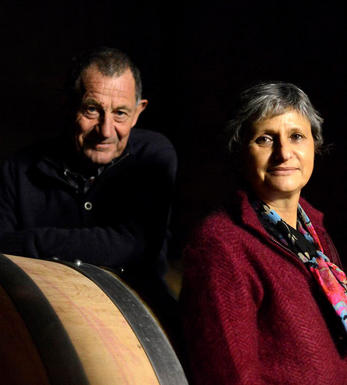
2012 Mas Champart, Clos de la Simonette, St Chinian, Languedoc

Critics reviews
Jeb Dunnuck - 30/04/2015
About this WINE

Mas Champart
The French wine region of St Chinian is located in the photogenic foothills of the Cevennes to the north of Beziers and is sandwiched, for those who know their vinous map, between Minervois and Faugères. The complex mosaic of terroir here may be simplified into higher -ground schist in the north (the enclave of Berlou is adjacent to Faugères) and limestone on the lower southern slopes. Mas Champart’s vineyards are mainly located in the latter camp.
Founded in 1976, Mas Champart is owned by the unassuming Parisian (is this a contradiction in terms?) couple Isabelle and Mathieu. They farm 25 hectares and are traditional in virtually all aspects of their winemaking, the notable exception being their passion for Cabernet Franc, a souvenir from several trips to the Loire Valley. Their Vin de Pays red wine contains up to 75% Cabernet Franc to be precise, the balance a kaleidoscope of local colour, headed by Syrah and Grenache.
The Cote d’Arbo cuvee is a blend of Syrah, Grenache, very old-vine Carignan and Mourvèdre, farmed at low yields and bottled with minimal intervention after ageing in tanks.
Their outstanding white wine is made up of 80% Terret and 20% Grenache Gris, ancient historical varieties in these parts and therefore, he says ironically, not permitted within the local AOC rules. Therefore it is a Vin de Pays, soon to be an IGP d’Hérault.

Grenache/Garnacha
Grenache (Noir) is widely grown and comes in a variety of styles. Believed to originate in Spain, it was, in the late 20th century, the most widely planted black grape variety in the world. Today it hovers around seventh in the pecking order. It tends to produce very fruity, rich wines that can range quite widely in their level of tannin.
In many regions – most famously the Southern Rhône, where it complements Syrah and Mourvèdre, among other grapes – it adds backbone and colour to blends, but some of the most notable Châteauneuf du Pape producers (such as Château Rayas) make 100 percent Grenache wines. The grape is a component in many wines of the Languedoc (where you’ll also find its lighter-coloured forms, Grenache Gris and Blanc) and is responsible for much southern French rosé – taking the lead in most Provence styles.
Found all over Spain as Garnacha Tinta (spelt Garnaxa in Catalonia), the grape variety is increasingly detailed on wine labels there. Along with Tempranillo, it forms the majority of the blend for Rioja’s reds and has been adopted widely in Navarra, where it produces lighter styles of red and rosado (rosé). It can also be found operating under a pseudonym, Cannonau, in Sardinia.
Beyond Europe, Grenache is widely planted in California and Australia, largely thanks to its ability to operate in high temperatures and without much water. Particularly in the Barossa Valley, there are some extraordinary dry-farmed bush vines, some of which are centuries old and produce wines of startling intensity.


Buying options
Add to wishlist
Description
The 2012 Saint Chinian Clos de la Simonette offers elegant and subtle notes of fresh blueberries, black raspberry, violets and spring flowers. It’s medium to full-bodied, seamless and has excellent purity fruit. Opening up nicely in the glass, it’s a beautiful wine that will have a decade of longevity. The blend here is 65% Mourvèdre, 20% Grenache and 15% Carignan, with the Carignan aged in tank, and the Mourvèdre and Grenache in demi-muid, and there’s a tiny 5,000 bottles made.
Drinking Window 2015-2025
Jeb Dunnock, The Wine Advocate, 30th April 2015
wine at a glance
Delivery and quality guarantee